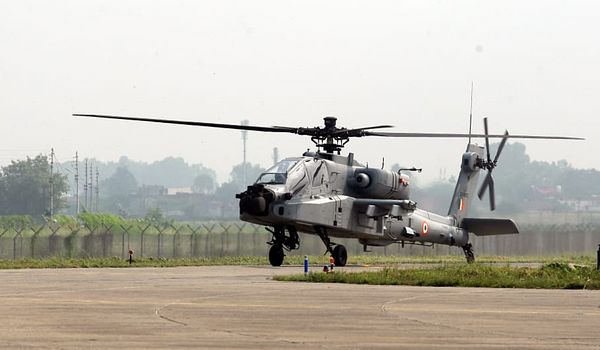- The Indian Army Aviation Corps launched its first unit of AH-64E Apache Attack Helicopters at Jodhpur Air Base.
AH-64E Apache Attack Helicopter
- The AH-64E Apache, often known as the ‘Apache Guardian’, is widely regarded as the world’s most advanced multi-role combat helicopter.
- It was developed in the United States and is manufactured by Boeing.
- In February 2020, India signed a contract with Boeing to acquire six AH-64E helicopters for the Army, with an additional six helicopters contracted later.
- Several countries have purchased the AH-64E, including India, Egypt, Greece, Indonesia, Israel, Japan, South Korea, Kuwait, the Netherlands, Qatar, Saudi Arabia, Singapore, the UAE, and the United Kingdom.
Combat Features:
- Designed with an open systems architecture to include cutting-edge communications, navigation, sensor, and weapon systems.
- Features better thrust and lift capabilities, cooperative digital interoperability, survivability, and cognitive decision-making.
- Introduces a new integrated infrared laser for easier target identification, as well as enhanced infrared imagery that combines infrared and night vision capabilities.
Strategic Significance of Induction
- Enhancing Combat Capability: The introduction of Apache helicopters represents a big step forward for the Army Aviation Corps, offering powerful firepower and manoeuvrability in combat settings.
- Complementing Indigenous Capabilities: The Apaches will supplement the indigenous Light Combat Helicopter (LCH), enhancing the Army’s aerial combat capabilities.
- Replacing the outdated arsenal: The Apache fleet will replace the Russian Mi-35 attack helicopters now in service.
Source: https://www.hindustantimes.com/india-news/army-to-base-apache-attack-helicopters-in-jodhpur-101710505890691.html

